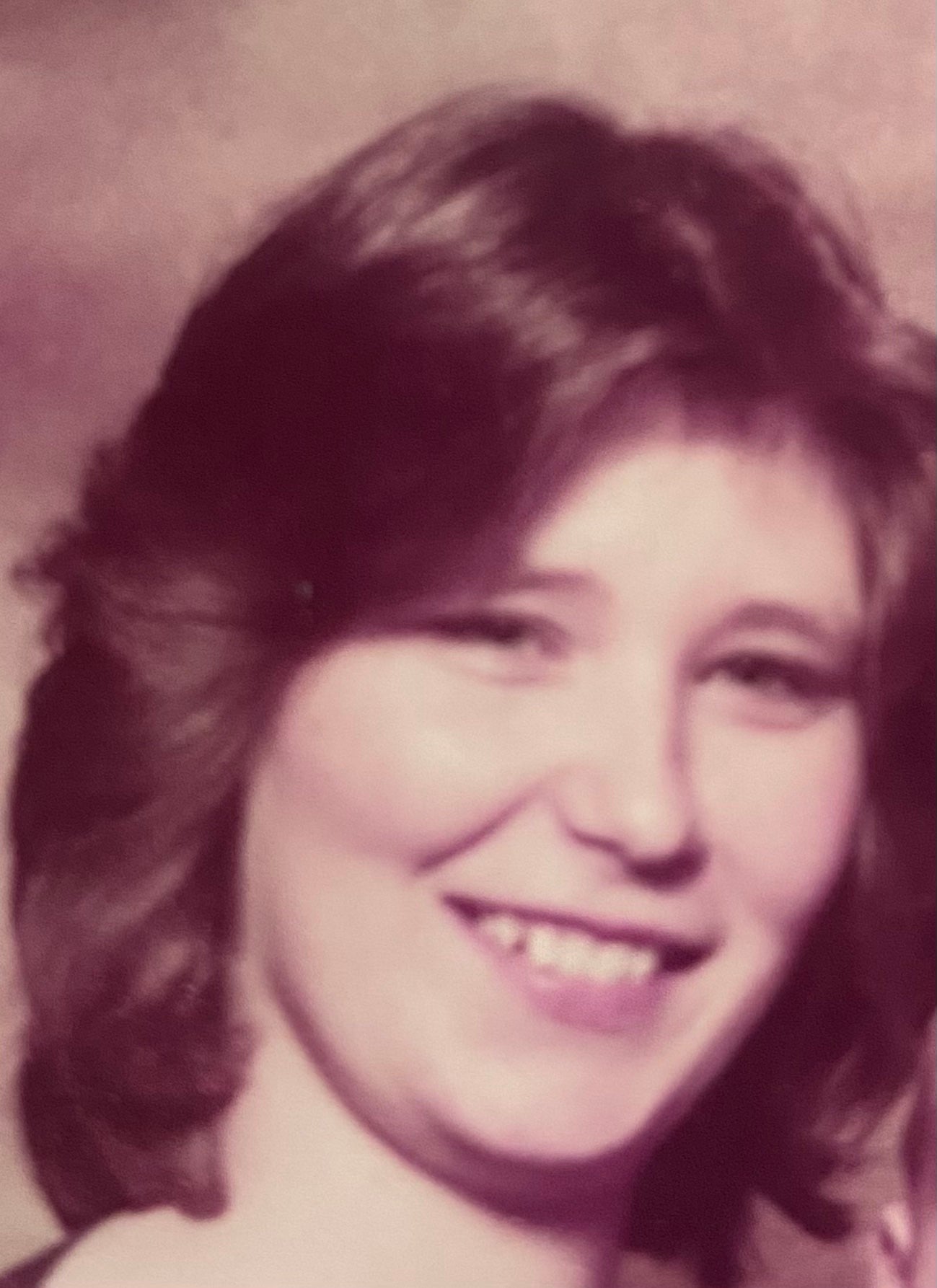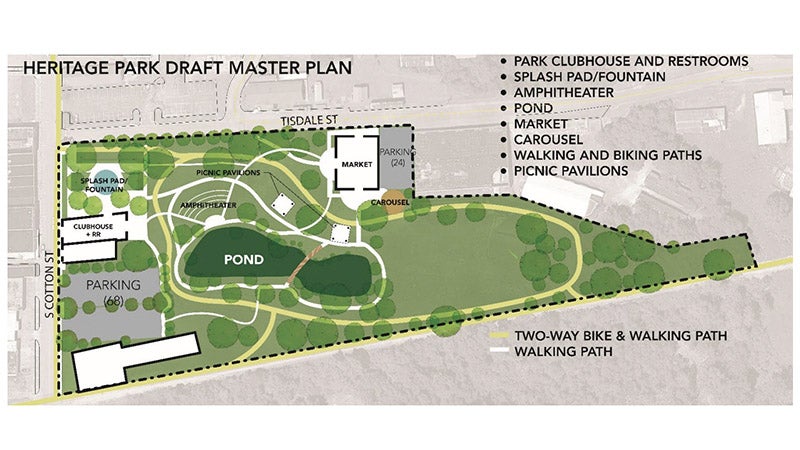Parole denied in 1985 Andalusia murder
Published 5:00 pm Friday, February 10, 2023
|
Getting your Trinity Audio player ready...
|
The Alabama Bureau of Pardons and Paroles again denied parole to Charles C. McCrory after a hearing this week.
McCrory is currently serving a life sentence in the Alabama Department of Corrections for the May 31, 1985 murder of his wife, Julie Bonds McCrory, at her home on Lori Lane in Andalusia. McCrory will not be up for parole reconsideration for another five years.
McCrory was represented at the hearing by his attorney, Mark Loudon-Brown, employed with the Southern Center for Human Rights in Atlanta, Georgia, an organization similar in nature to the Southern Poverty Law Center. Loudon-Brown encouraged the Board to grant parole to McCrory, citing his good behavior while incarcerated with the Department of Corrections, and noting recommendations from a few corrections officials.
Assistant District Attorney Nikki Stephens and Victims Service Officer Amber Gladwell attended the parole hearing to protest on behalf of the District Attorney’s Office, the Bonds family, and the citizens of Covington County. Also present to protest were Julie McCrory’s brother, Barry Bonds, the Alabama Attorney General’s Office, and an advocate from Victims of Crime and Leniency (VOCAL).
Stephens pointed out to the Board that the collective of Covington County law enforcement has long maintained that this murder was one of the worst, most brutal cases they had ever been called to work. Stephens highlighted the many prior protest letters to be found within McCrory’s file, including past and current submissions from District Attorney Walt Merrell and Gary Hutcheson, who worked as an Andalusia Police Department Investigator at the time of the murder.
Stephens then recounted a brief summary of the facts of the case for the Board. Namely, that Julie McCrory’s estimated time of death was in the early morning hours of May 31, 1985, and that multiple eyewitnesses placed Charles McCrory’s vehicle at the home during that time frame. The McCrorys were divorcing and living separately at the time Julie was killed. Further, officers found no signs of forced entry. Evidence at trial showed that only Charles McCrory and Julie McCrory had keys to the home. Evidence also showed Charles McCrory was involved in an ongoing affair when he killed his wife. The court file evidences several letters were written by McCrory proclaiming his love for his mistress.
The Board was also reminded of the extent of Julie McCrory’s injuries, including chop wounds to the back of her head, blunt force trauma injuries, puncture wounds, bite marks, jawbone fractures, and many bruises and lacerations. Charles McCrory was employed with the rescue squad at the time and was one of the first on the scene to “discover” his wife’s body. Trial testimony showed that the initial position of Julie McCrory’s deceased body prevented law enforcement officers from observing the chop wounds to the back of her head. However, multiple officers testified that Charles McCrory approached them and asked, “Was it the lick to the back of the head that killed her?” despite their not yet knowing she had such wounds.
This case was last brought to the public’s attention following a “Rule 32” hearing in April 2021, wherein Charles McCrory, through Loudon-Brown, argued that he was entitled to a new trial based on newly discovered evidence. In substance, Loudon-Brown asserted that the “only” evidence that existed upon which a jury could have convicted his client was “bite mark” evidence given by forensic odontologist Dr. Richard Souviron. Loudon-Brown argued that the science of “bite marks” is not reliable and cited convictions that had been overturned due to advancements in the field of forensic odontology. In summary, Loudon-Brown asserted that, based on those scientific advancements, Dr. Souviron had since recanted his statement wherein he matched bite wounds found upon Julie McCrory’s body to Charles McCrory’s teeth impressions.
Chief Assistant District Attorney Grace Jeter represented the State at the Rule 32 hearing. Jeter pointed out that Dr. Souviron identified Julie McCrory’s wounds only as “teeth marks,” and noted for the Court that, under existing Alabama law, the jury has the ability to compare the two images (the marks to Julie’s body and the dental impressions of Charles) for themselves. Jeter also enumerated much of the same evidence Stephens shared with the Parole Board.
After a lengthy evidentiary hearing before Circuit Judge Charles “Lex” Short, McCrory’s petition for relief was denied. Short held that in consideration of all of the other evidence of McCrory’s guilt, the defendant failed to make the necessary showing that, absent Dr. Souviron’s expert testimony, the outcome of his trial would have probably been different. Short further found that Loudon-Brown failed to demonstrate that Dr. Souviron’s alleged recantation would prove McCrory’s innocence, a necessary showing for the relief sought.
Subsequent to Short’s ruling, Loudon-Brown then filed for Short’s reconsideration, which request was also denied. Loudon-Brown then appealed to the Alabama Court of Criminal Appeals. The appellate court, in its 33-page opinion, affirmed Short’s ruling and denied McCrory and Loudon-Brown the relief sought in the Rule 32 petition, also finding that there was a plethora of evidence proving McCrory’s guilt and that the absence of the bite mark testimony would not have affected the outcome.
Merrell noted, “This process proves that we still have the best justice system in the world. Twelve people found Charles McCrory guilty. He has filed appeals for 37 years, and those appeals have been thoroughly reviewed. Each and every time, the courts have agreed that the jury got it right. My heart breaks for the Bonds family because their wounds have been reopened by McCrory’s latest attempts to overturn his conviction. But I am also sympathetic to the McCrory family because their wounds have been reopened, too.”
Merrell said that he would continue to oppose Charles McCrory’s release from prison, “because he was ordered to serve a life sentence, and so it should be.”






